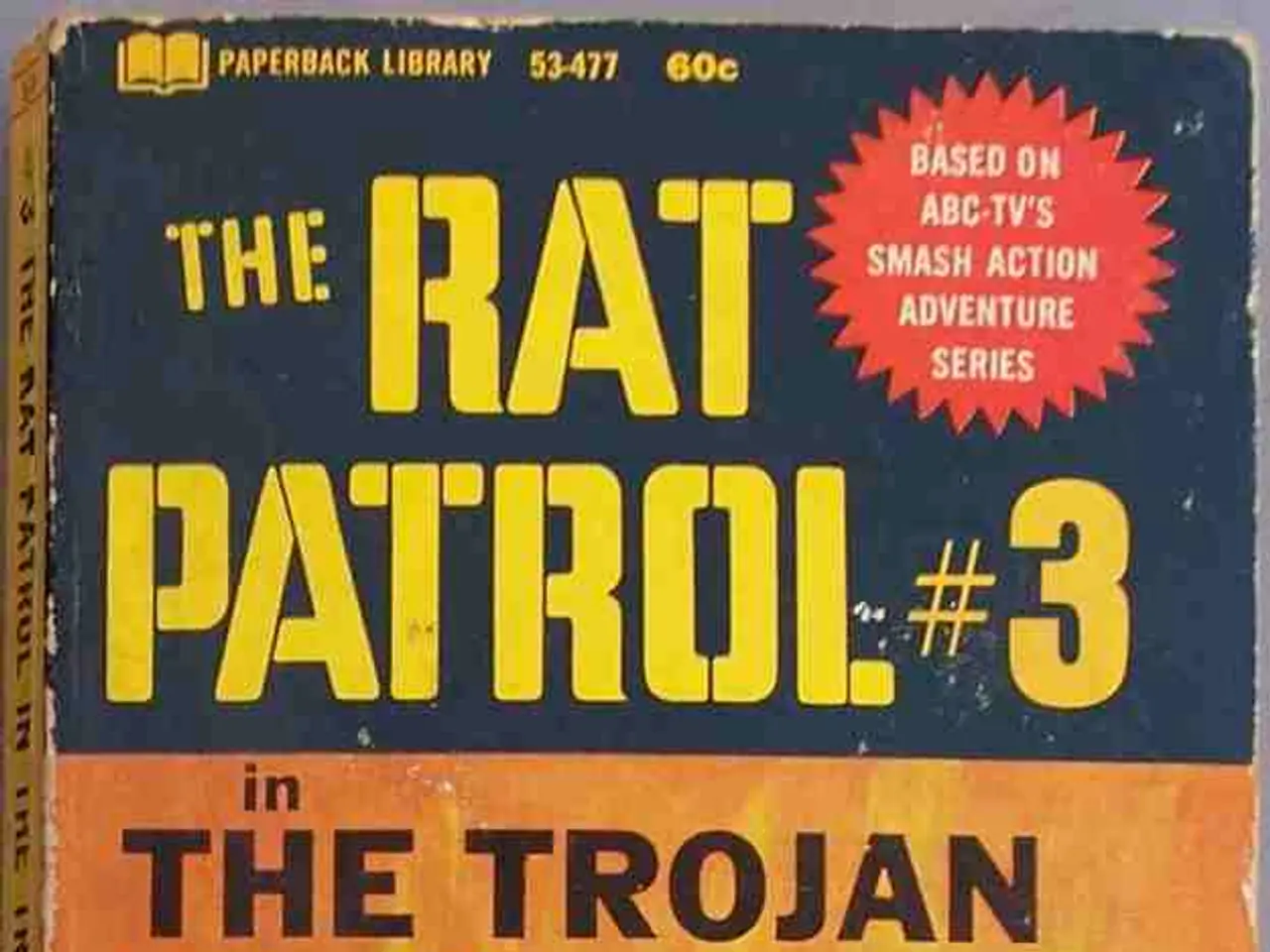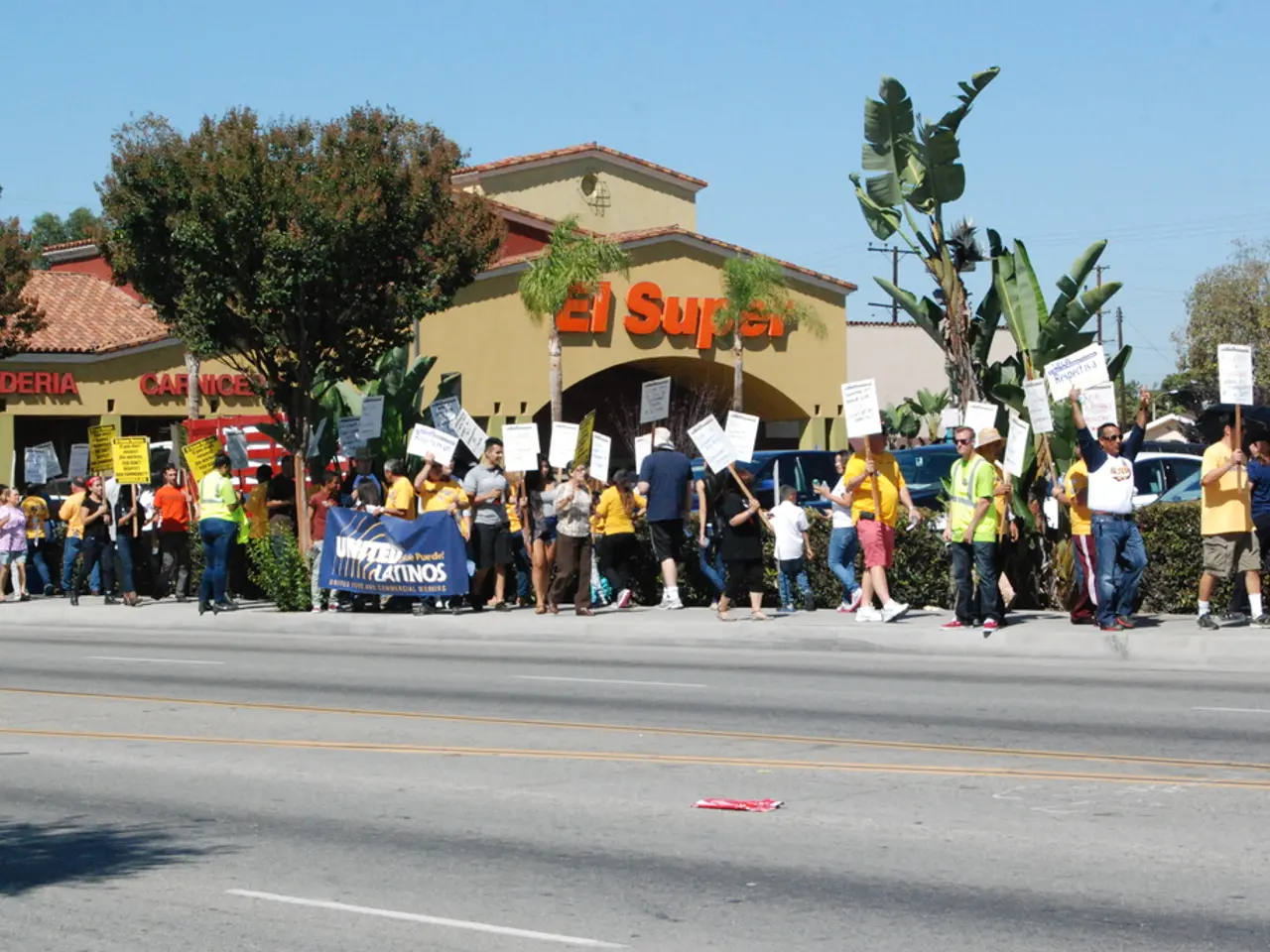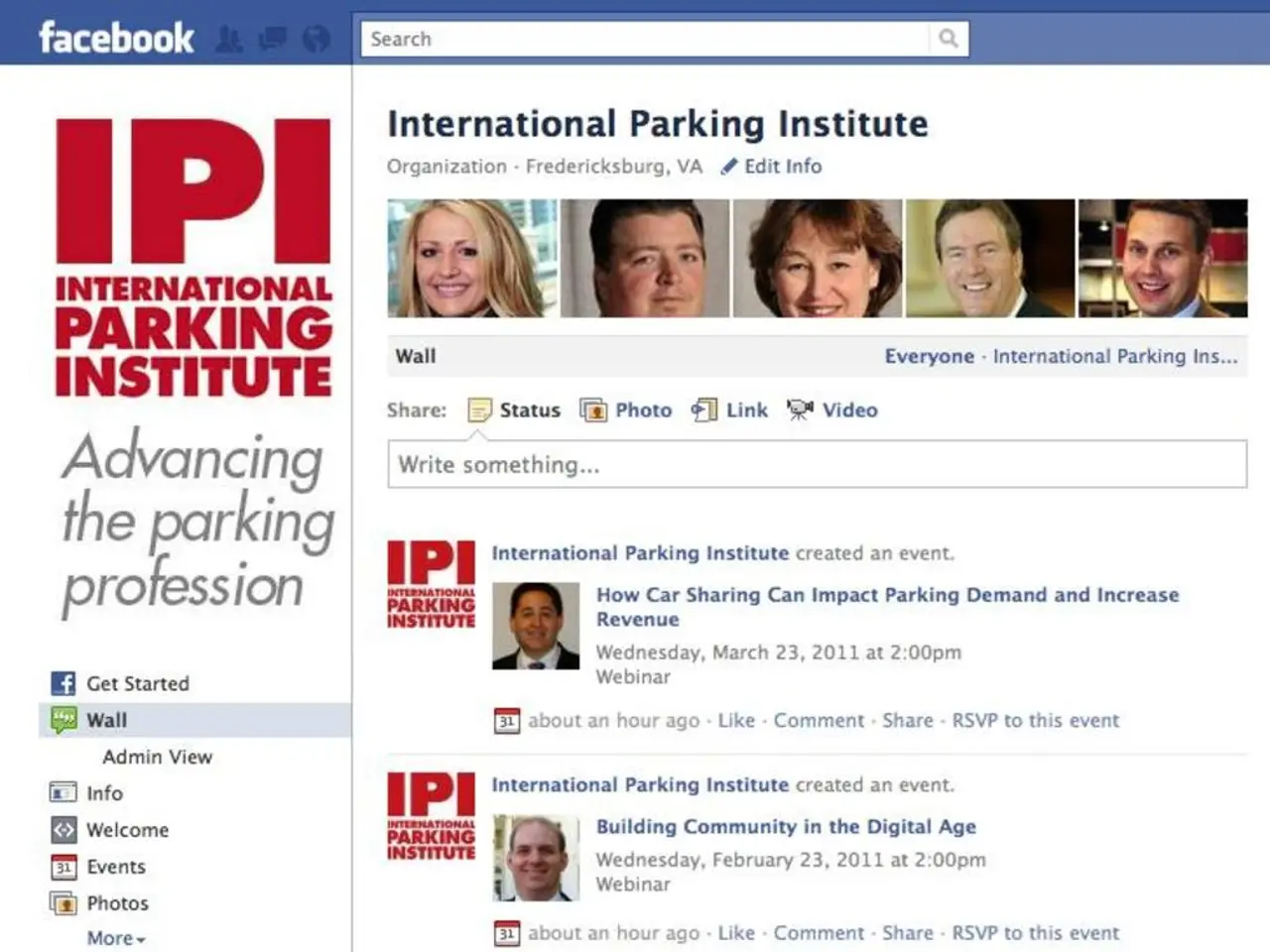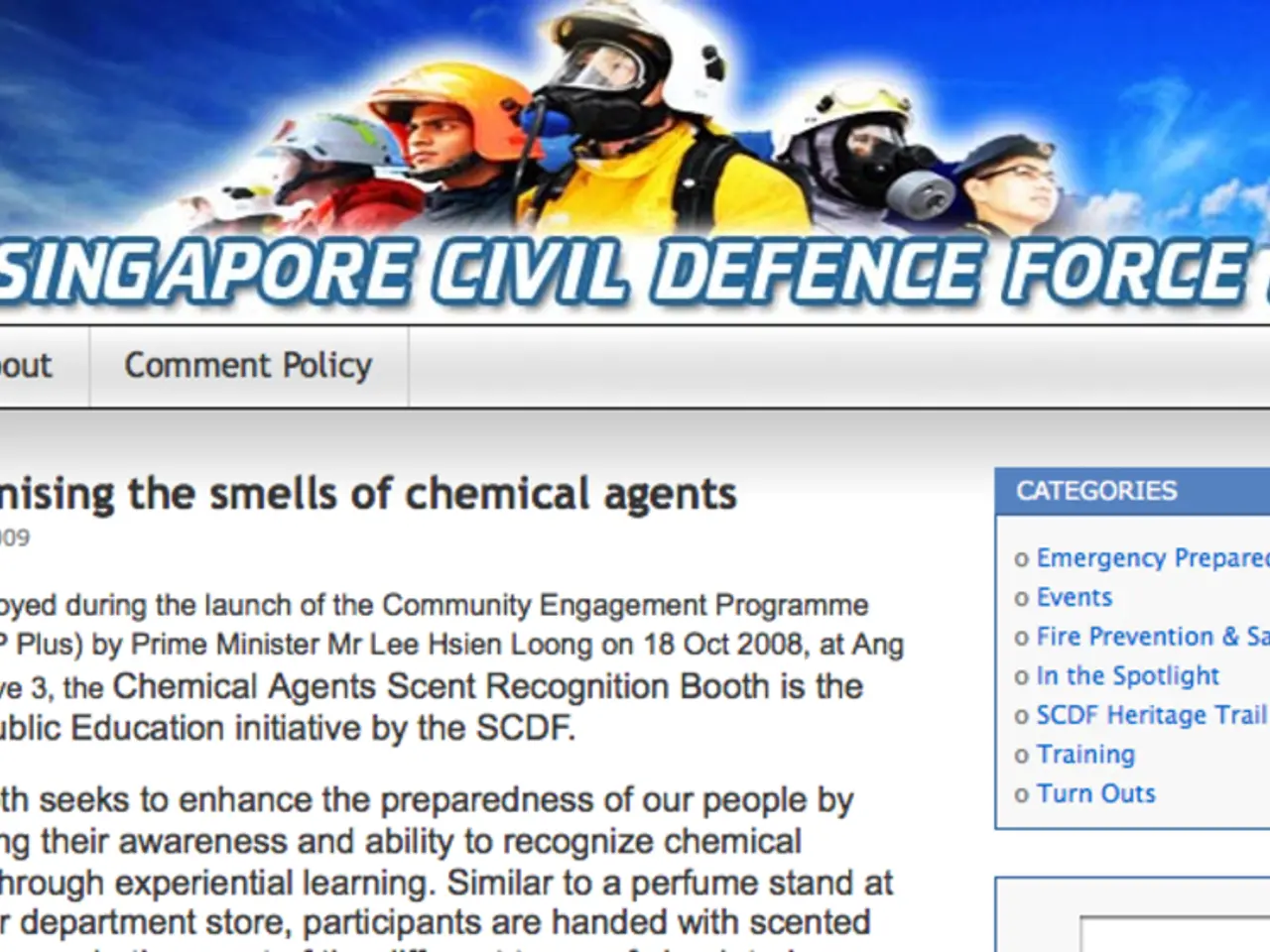"Ukraine advised by Trump not to attack Moscow"
The United States is significantly increasing its military aid to Ukraine through NATO, with plans extending over several years, as the Eastern European nation faces intensified pressure from Russia. This strategic and sustained commitment is aimed at strengthening Ukraine's defensive and offensive capabilities to resist Russian advances.
In a recent announcement, U.S. President Donald Trump declared that the U.S. would send weapons via NATO, with the alliance reimbursing the full cost. This renewed arms support follows a brief pause earlier in July 2025 due to concerns over U.S. stockpile depletion. Discussions are also ongoing with European countries about sharing systems like Patriot missile batteries.
The influx of fresh U.S. and NATO weapons is a critical lifeline for Ukraine, which has been under relentless summer offensive from Russia. Cities like Kharkiv have been under intense bombardment, with Ukrainian forces described as exhausted. The war has shifted into a gruelling war of attrition, yet the new equipment is hoped to tip the balance in Ukraine's favour.
Not all European allies are in agreement, however. While most have cheered the return of a hard U.S. line, Slovakia has resisted new EU sanctions on Russia. Sweden's Defense Minister Pal Jonson, on the other hand, has stated that his country would contribute to the aid, with Ukraine in great need of more air defense. Denmark, the Netherlands, and Sweden have expressed interest in participating in Trump's plan to supply Ukraine with military aid.
The conflict's impact is complex. Russia continues its offensive marked by missile strikes, drone swarms, and ground assaults aiming to wear down Ukrainian defenses. Despite this, the Ukrainian soldiers fighting in the east remain hopeful but cautious about Trump's position, with some expressing skepticism and others worry that it might be too little, too late.
Trump has been pushing allies to increase defense spending and buy from U.S. manufacturers. Tens of thousands of people have been killed and millions have been forced to flee their homes in eastern and southern Ukraine due to the ongoing conflict.
As the situation remains tense, Trump has given Russia 50 days to strike a peace deal with Ukraine. However, Russia has rejected calls for a ceasefire and launched a record number of drones and missiles at Ukraine in recent months. The residents of Moscow dismissed Trump's statement as politics, describing it as a "game of chess."
Meanwhile, EU Foreign Minister Kallas expressed concern about the U.S. not sharing the burden of providing weapons, while Kallas welcomed Trump's announcement to send more weapons to Ukraine. Under pressure from Trump, Moscow and Kiev opened talks on the conflict.
As the situation continues to unfold, the international community watches closely, hoping for a peaceful resolution to the ongoing conflict in Ukraine.
[1] "U.S. to Resume Military Aid to Ukraine Through NATO," The Washington Post, 1st August 2025. [2] "Trump Announces Plan to Send More Weapons to Ukraine," The New York Times, 1st August 2025. [3] "European Allies to Contribute to U.S. Plan to Supply Ukraine with Military Aid," The Guardian, 1st August 2025. [4] "Ukraine's War of Attrition: The Impact of U.S. and NATO Military Aid," The Economist, 1st August 2025.
- The renewed U.S. military aid to Ukraine, announced through NATO, forms a significant part of the general news, as it coincides with the war-and-conflicts in Eastern Europe involving Ukraine and Russia.
- Amidst the ongoing war-and-conflicts between Ukraine and Russia, the intervention of politics, as represented by the U.S.'s strategic foreign policy and European allies' responses, continues to heavily influence the course of events.







